Red Hat Enterprise Linux 9 aims to fuel innovation in the open hybrid cloud
The latest version of RHEL will be available in the coming weeks, complete with updated features for edge and multi-cloud computing


Open-source specialist Red Hat has unveiled details of Red Hat Enterprise Linux 9, which it says will provide a springboard for more consistent innovation across the open hybrid cloud.
From bare metal servers to cloud providers and the farthest edge of enterprise networks, the operating system has been designed to drive enterprise transformation in line with the latest automation requirements.
RELATED RESOURCE
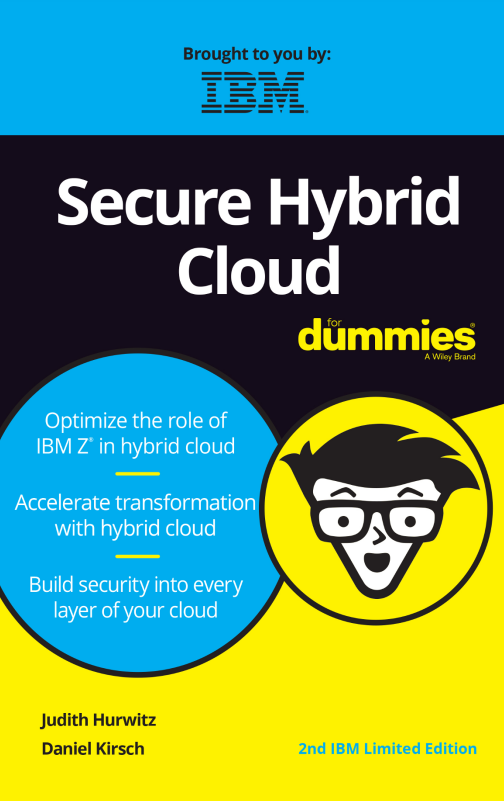
This latest version of the platform is the first production release built from CentOS Stream, the continuously delivered Linux distribution that tracks just ahead of Red Hat Enterprise Linux. The open-source giant says this approach helps the broader Red Hat Enterprise Linux ecosystem provide feedback, code and feature updates to the platform.
“As the world’s leading enterprise Linux platform, Red Hat Enterprise Linux 9 extends wherever needed across the open hybrid cloud and beyond, pairing the trusted backbone of enterprise Linux with the innovative catalysts of open source communities,” explained Matthew Hicks, Red Hat’s executive vice president of Products and Technologies.
“Linux is positioned at the epicentre of rapid technological evolution and that Linux is Red Hat Enterprise Linux.”
Red Hat says this latest iteration incorporates key enhancements specifically designed to address evolving IT needs at the edge – including comprehensive edge management delivered as a service to oversee and scale remote deployments with greater control and security functionality.
There’s also automatic container control with Podman, the platform’s integrated container management technology, which can detect if a newly updated container fails to start and then roll it back to the previous working version.
ChannelPro Newsletter
Stay up to date with the latest Channel industry news and analysis with our twice-weekly newsletter
Red Hat has also introduced a new image builder service which supports image creation for customized filesystems and major cloud providers and virtualization technologies – including AWS, Google Cloud, Microsoft Azure, and VMware.
Among its security perks, RHEL 9 incorporates features to help address hardware-level vulnerabilities like Spectre and Meltdown, as well as capabilities to help user-space processes create memory areas that are inaccessible to potentially malicious code.
That’s alongside integrity measurement architecture (IMA) digital hashes and signatures, through which users can verify the integrity of the operating system. Red Hat says this will help detect rogue infrastructure modifications and limit potential system compromises.
Elsewhere, the platform also adds an expanded set of Red Hat Enterprise Linux System Roles, as well as support for kernel live patching from the Red Hat Enterprise Linux web console.
Red Hat Enterprise Linux 9 will be generally available in the coming weeks via the Red Hat Customer Portal and major cloud marketplaces, the firm said. The platform will also be accessible through no-cost Red Hat Developer programs.
“The platform is designed for an automated world, where the operating system forms the connection point between otherwise disparate and disconnected environments and technologies,” said Ashesh Badani, senior vice president of Products at Red Hat.
“Whether it's extending existing skills into new IT footprints or helping to bring cloud-native workloads to production, Red Hat Enterprise Linux 9 provides the innovation engine for the modern and future enterprise.”
Dan is a freelance writer and regular contributor to ChannelPro, covering the latest news stories across the IT, technology, and channel landscapes. Topics regularly cover cloud technologies, cyber security, software and operating system guides, and the latest mergers and acquisitions.
A journalism graduate from Leeds Beckett University, he combines a passion for the written word with a keen interest in the latest technology and its influence in an increasingly connected world.
He started writing for ChannelPro back in 2016, focusing on a mixture of news and technology guides, before becoming a regular contributor to ITPro. Elsewhere, he has previously written news and features across a range of other topics, including sport, music, and general news.
-
 Bigger salaries, more burnout: Is the CISO role in crisis?
Bigger salaries, more burnout: Is the CISO role in crisis?In-depth CISOs are more stressed than ever before – but why is this and what can be done?
By Kate O'Flaherty Published
-
 Cheap cyber crime kits can be bought on the dark web for less than $25
Cheap cyber crime kits can be bought on the dark web for less than $25News Research from NordVPN shows phishing kits are now widely available on the dark web and via messaging apps like Telegram, and are often selling for less than $25.
By Emma Woollacott Published
-
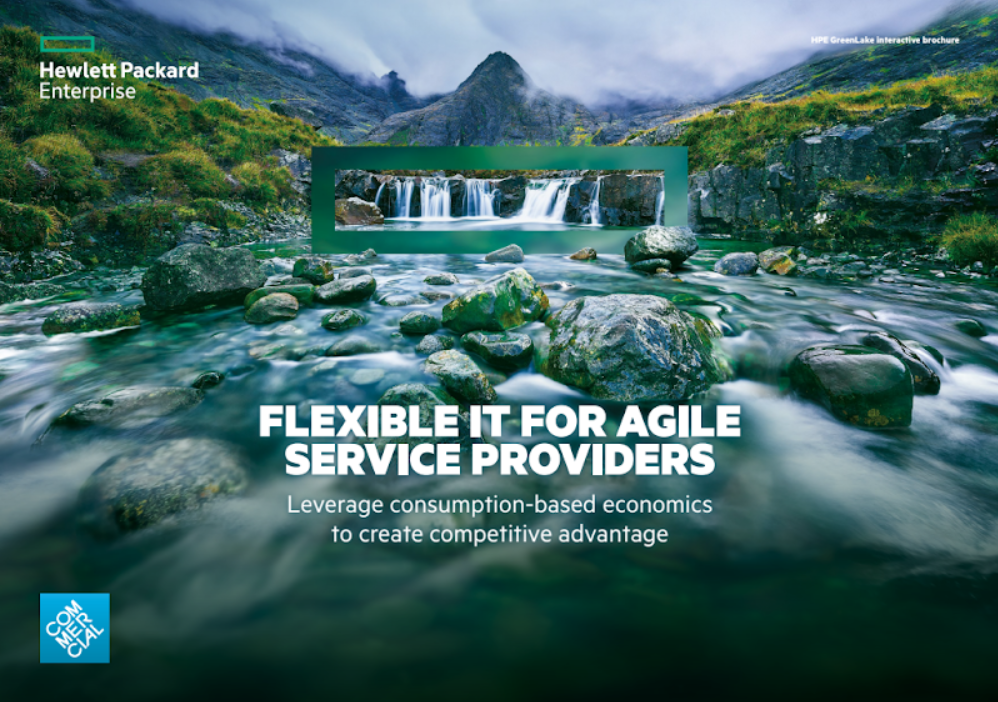 Flexible IT for agile service providers
Flexible IT for agile service providersWhitepaper Leverage consumption-based economics to create competitive advantage
By ITPro Published
-
 Red Hat becomes billion dollar company
Red Hat becomes billion dollar companyNews Along with breaking the billion barrier in revenues, the firm reveals it will be bringing SLAs to its Platform as a Service offering.
By Jennifer Scott Published
-
 Huawei lays claim to world’s largest desktop cloud
Huawei lays claim to world’s largest desktop cloudNews The Chinese telecoms firm reveals 45,000 of its engineers use desktop virtualisation.
By Jennifer Scott Published
-
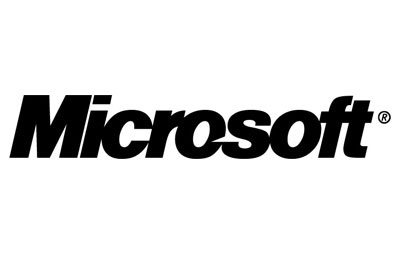 Microsoft sees Windows revenue dip six per cent
Microsoft sees Windows revenue dip six per centNews The Redmond giant posts another set of mixed results, with Windows continuing to disappoint.
By Tom Brewster Published
-
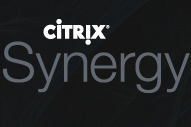 Citrix Synergy 2011: Cloud Portal set to improve customer support
Citrix Synergy 2011: Cloud Portal set to improve customer supportNews The virtualisation giant claims its new offering will help service providers ‘turn their cloud infrastructure into a cloud business.’
By Ross Kelly Published
-
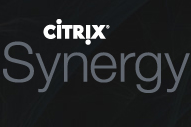 Citrix Synergy 2011: Citrix snaps up AppDNA
Citrix Synergy 2011: Citrix snaps up AppDNANews The UK-based application migration specialist is bought to help beat the XP countdown clock.
By Ross Kelly Published
-
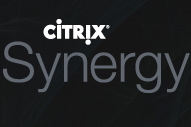 Citrix backs thin client revolution with HDX system-on-chip
Citrix backs thin client revolution with HDX system-on-chipNews Some sub-$100, HD-enabled thin clients are on the way thanks to Citrix's move into system-on-chip technology.
By Tom Brewster Published
-
 Dell World 2011: Ballmer and Benioff exchange cloudy blows
Dell World 2011: Ballmer and Benioff exchange cloudy blowsNews There's no love lost between Ballmer and Benioff at Dell World, as the rivalry heats up.
By Tom Brewster Published